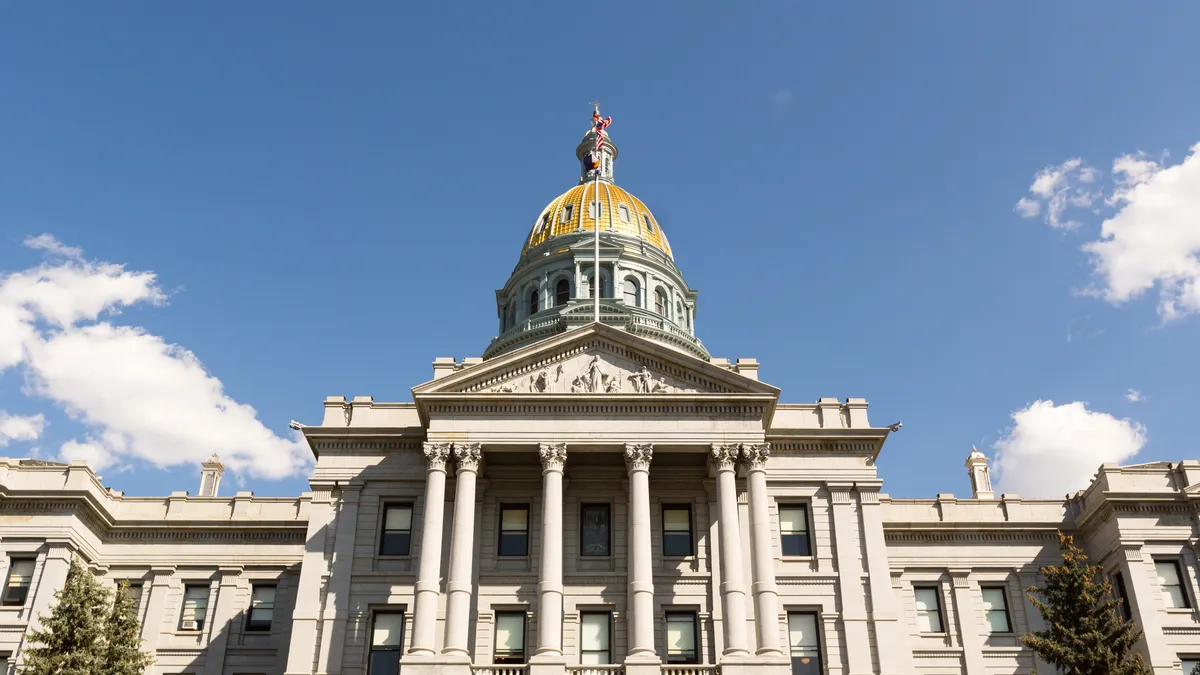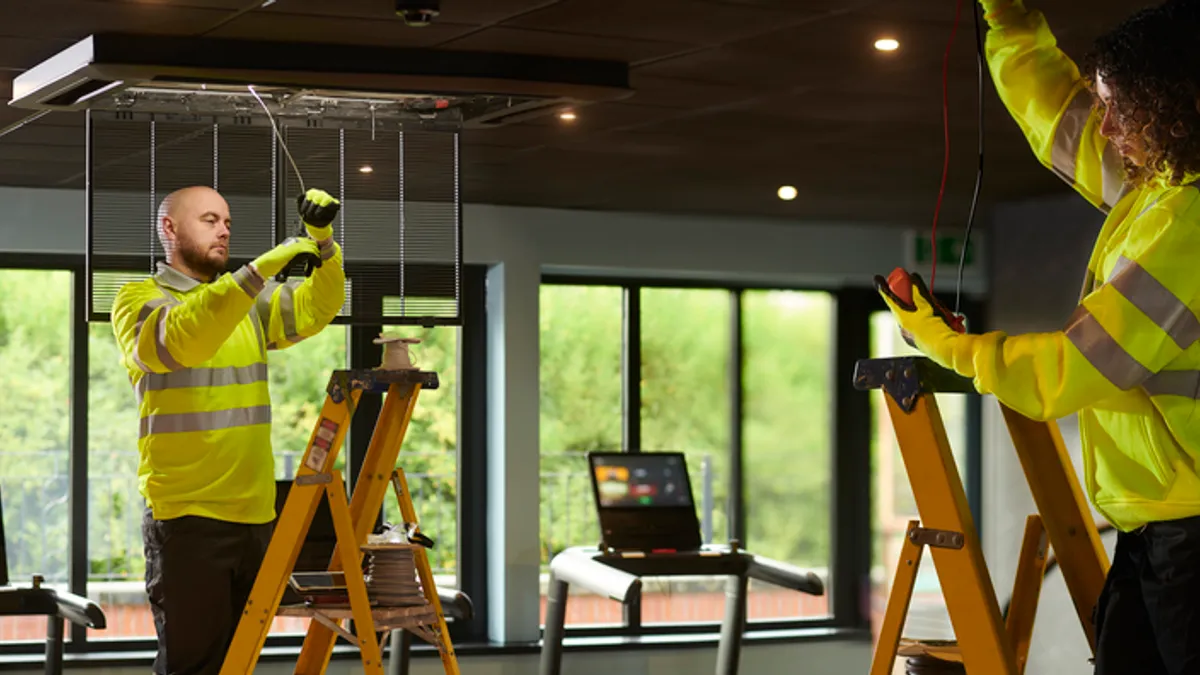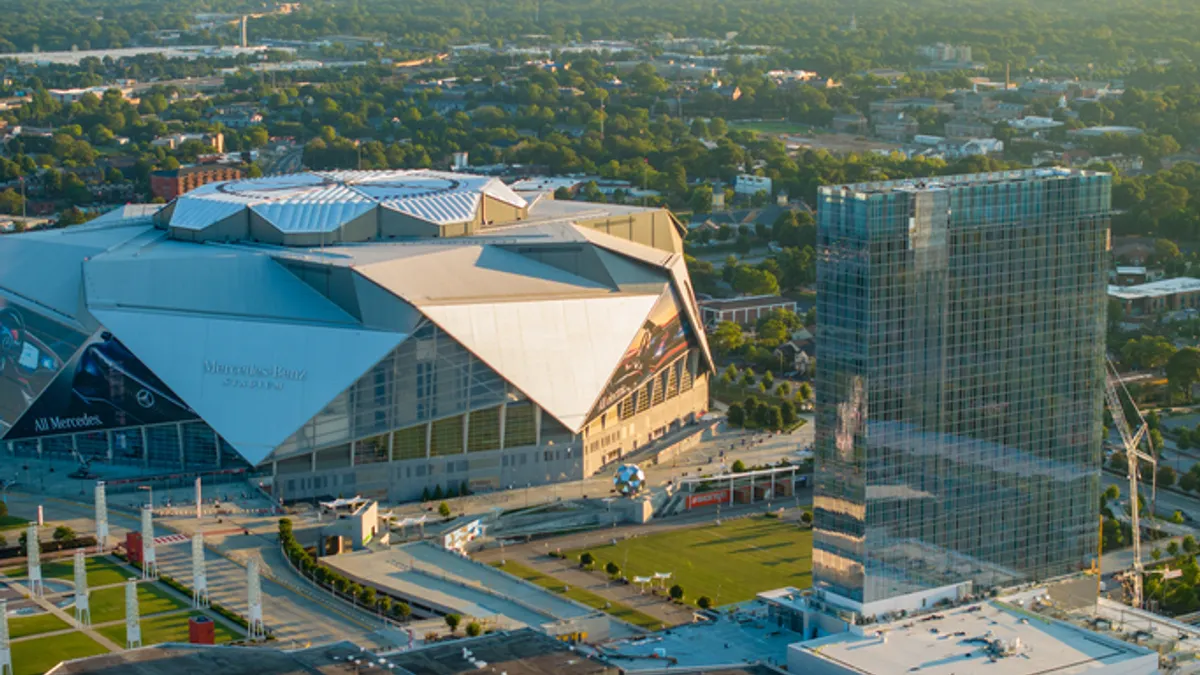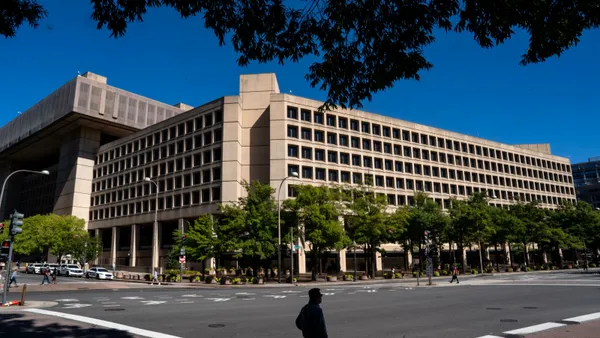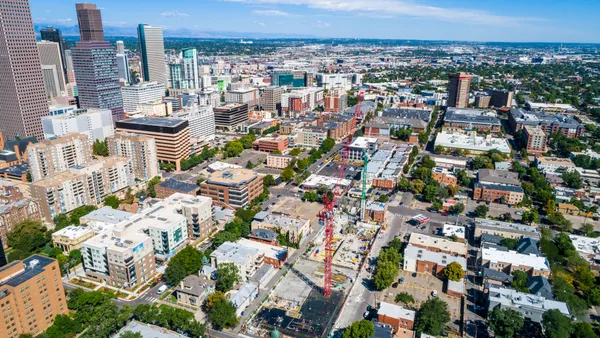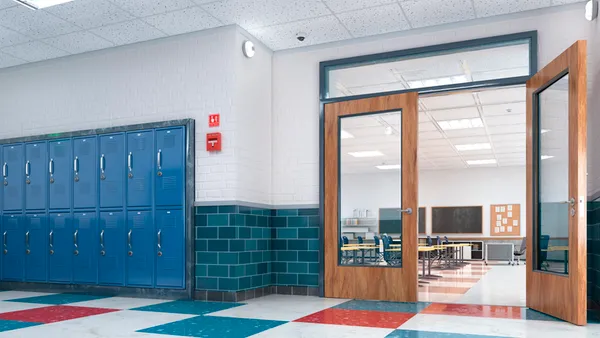Many states improved their energy efficiency programs in recent years, with four states adopting building performance standards and 15 states establishing appliance energy efficiency standards or clean lighting policies, according to a report by the American Council for an Energy-Efficient Economy.
“The feedback we have heard from buildings has been really thinking about the timeline for targets and how those align with building capital planning,” Mark Silberg, energy policy advisor to the governor of Colorado, said on a webinar unveiling the scorecard rankings. “There was an interim compliance date of 2026 for a modest reduction in the sector. The reality was that as a combination of changing occupancy among covered buildings the impact of COVID, which wouldn't have really been able to be foreseen at the time the legislation [was initially passed in 2021].”
As a result, the state is now looking out at targets past 2030 that are “far in advance so that every building [that] is covered by the rule will do some kind of major upgrade in the time between today and meeting that target,” Silberg said. “It’s really when they do that scheduled retrofit investment in building upgrades [where there’s] that opportunity to do some of these deep energy retrofits, or adopt on-site generation.”
Responding to a question on how Colorado is addressing concerns about costs associated with building performance standards and future retrofits when advocating for the adoption of BPS, Silberg said that the state provides different pathways that buildings can choose to comply with the requirements.
“The goal at a high level was a 20% GHG reduction in the sector by the end of the decade, from at the time 2021 levels, although the legislation would allow buildings to choose a 2019 baseline, which better represents what full occupancy would look like pre-COVID for some of our commercial buildings,” Silberg said.
When building owners and operators in the state ask what the most cost effective path is to complying with the BPS, “a lot of that hinges on financing and cost of capital,” Silberg said. “Bill financing can help, as well as the state tax credits and other incentives that we have to support buildings and adopting some of these technologies.”
But in the end, “it's really doing that work on a case by case basis, and being willing to work with buildings and being flexible to figure out the pathway that works best for them,” Silberg said.
The rankings
Four of the top five states overall are unchanged from the previous edition of the ACEEE’s State Energy Efficiency Scorecard, released in 2022, with Massachusetts, New York, Maryland and Vermont joining California at the top, the organization says.
Maryland moved to fourth place due to the strength of the state’s transportation and buildings policies, tying with California for the highest score in that latter category, ACEE said in a March 18 release.
Relative to the last edition, some of the most-improved states were Colorado, which shot up six spots and into the top 10 for the first time; New Jersey, which returned to the top 10 for the first time since 2008; and Louisiana, which had the most improvement in buildings policies, leapfrogging the state’s residential and commercial building energy codes from IECC 2009 to IECC 2021.
Louisiana made that decision primarily due to facing significantly increased insurance costs as a result of extreme weather exacerbated by climate change, ACEE says, noting that improving construction drives lower energy costs and helps buildings and occupants withstand extreme weather and other climate risks.
“Other states can follow their cost-saving examples by updating building codes and investing more in energy efficiency,” the council says.



